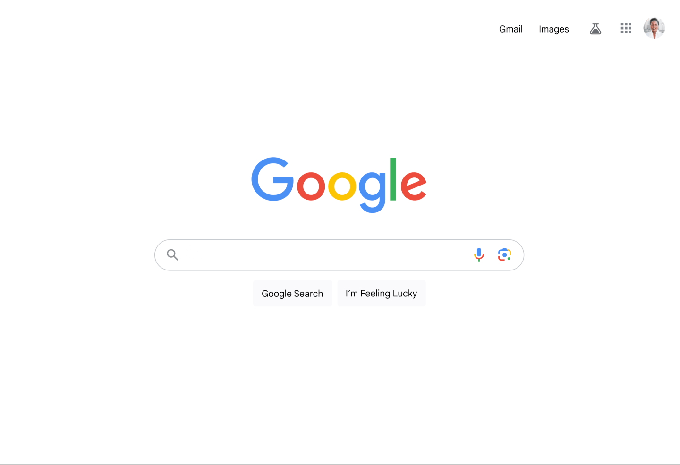Google’s AI-powered search feature, SGE (Search Generative Experience), is gaining some new skills, starting today. The AI feature, which introduces a conversational mode in Search, is now going to be able to generate images using prompts directly in SGE similar to rival Bing’s support of OpenAI’s DALLE-E 3. In addition, SGE will now allow users to write drafts within SGE where you can customize the output to be longer or shorter or change the tone of the writing to be more serious or casual.
The new features come on the heels of a series of rapid-fire updates to SGE as the pace of AI technology development quickens. Over the past few months, SGE has already gained new capabilities to do things like write AI-powered summaries and create definitions of unfamiliar terms, in addition to gaining coding improvements, plus travel and product search features, among other things.
With the new AI image generation feature, you can enter a prompt specifying what sort of image you want, like a drawing, photo or painting, for example. SGE will return four results directly in the SGE conversational experience. From there, you tap on the images, which can be downloaded as .png files, or edit the prompt that created the images to generate a new set. Under the hood, the feature is powered by Google’s Imagen text-to-image model.

Image Credits: Google
The same feature will also become available when you use Google Image search. As you scroll through the image search results, if you don’t find the photo you need, you’ll be able to create a new image using prompts from a box that appears within the results.
Because AI image generation has already led to some inappropriate content, Google is limiting its new image generation feature to users 18 and older even though SGE recently opened up to teens in the U.S., ages 13-17.

Image Credits: Google
It’s also thinking about how it can introduce this technology in a responsible way, which means it’s added some fairly strict filtering policies in the product, the company told TechCrunch. These filters intend to prevent the creation of images that can be “harmful, misleading, or explicit,” Google says, or those that otherwise violate its prohibited use policies for generative AI. It’s also blocking the creation of any images that contain photorealistic faces and prompts that mention the names of notable people — blocks intended not only to prevent inappropriate content but also to prevent the spread of misinformation.
Of course, people are fairly clever when it comes to messing around with AI image generation tools to create obscene and otherwise crazy outputs, as was seen earlier this month when both Meta and Bing’s AI image generation tools went viral for how they were being misused to create inappropriate or shocking images, despite the policies the companies had in place.
Google admits that its tools also may not be perfect — that’s why they’re still opt-in, for starters, through Google Search Labs. They’ll also contain a feedback mechanism so users can report when the technology misfires or is misused. Still, the company thinks it’s done a fairly good job with the implementation of its filters and believes that people might even encounter more blocks than they would suspect. (Sounds like a challenge!)
The images will also contain metadata embedded in the files that identifies them as AI-generated as well as embedded watermarking that’s invisible to the human eye. This is powered by SynthID, which Google Cloud and Google DeepMind announced at the end of August.
The other new feature builds on SGE’s ability to serve as a writing assistant. Already, SGE could provide a written draft — something Google integrated with the idea that users may want to write an email to the companies whose ads or links they found through Search. But now this draft writing feature can output different types of writing, either longer or shorter, or changing the tone to be more serious or more casual.

Image Credits: Google
With both of the new features — alternate drafts and image generation — export options will also be available through SGE. In the case of the former, you can export your writing to Google Workspace apps, like Gmail or Google Docs. The images you generate, meanwhile, can be saved to Google Drive.

Image Credits: Google
Both features are rolling out starting tomorrow to a percentage of SGE users and will then expand to the wider user base over the coming weeks. They’ll be available to those who have opted in to use SGE via Google Search Labs and are only offered in English in the U.S. for now even though SGE itself rolled out to India and Japan recently.
